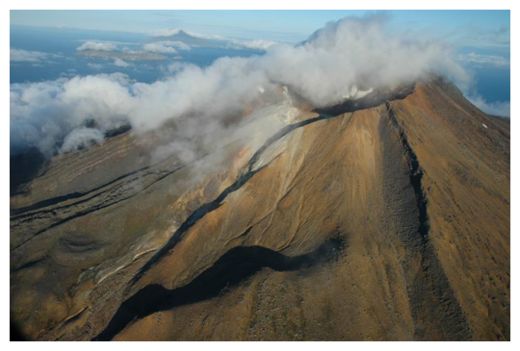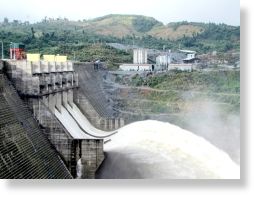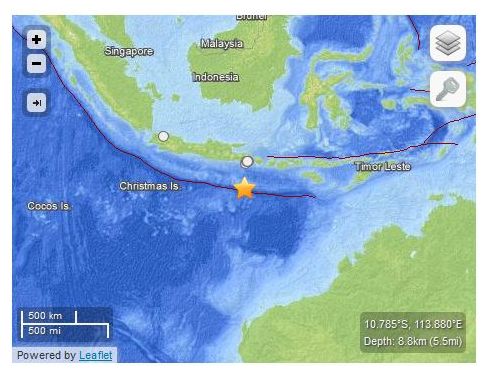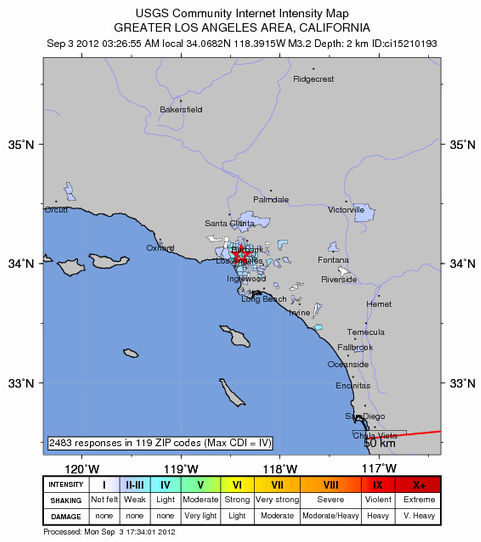
© Alaska Dispatch
A series of small earthquakes which began Wednesday night and continued into Thursday near a long-dormant volcanic peak in Alaska's Aleutian Islands has prompted researchers to
raise the alert level for the Little Sitkin volcano.
The nearly 4,000-foot-high Little Sitkin volcano is named for the island where it resides, located in the Rat Islands in the Aleutian chain. The volcano has shown little activity since scientists have started observing it, with only three questionable eruptive events at the volcano since that time.
The most recent eruption may have come in 1900, according to the Alaska Volcano Observatory.
Still, the AVO page for Little Sitkin mentions there may have been a "cataclysmic eruption" on the island sometime after the last ice age, which ended more than 11,000 years ago.
Seismic equipment located near the volcano began detecting a "swarm of high-frequency earthquakes" at about 7:15 p.m. Wednesday, the AVO reports. The earthquakes continued through the night into Thursday, prompting the alert level at the volcano being raised. The alert level is currently at yellow, which means that the "volcano is exhibiting signs of elevated unrest above known background level." Additionally, aircraft traveling in the area are advised to exercise caution.
The volcano is located in a remote part of the Aleutians, about 35 miles northwest of the World War II outpost of Amchitka and 200 miles west of Adak.
Little Sitkin joins two other Alaska volcanoes, Iliamna and Cleveland, currently sitting at elevated alert levels.









